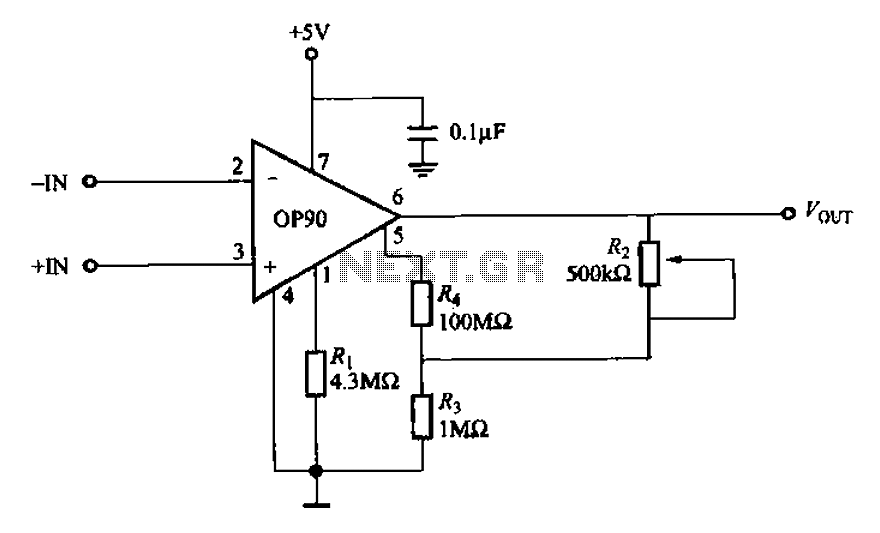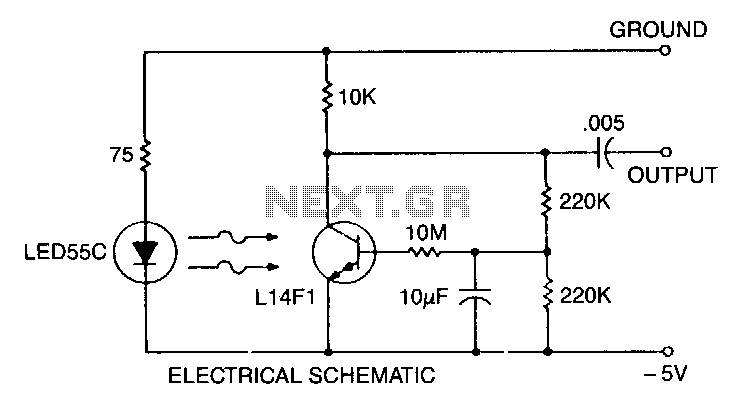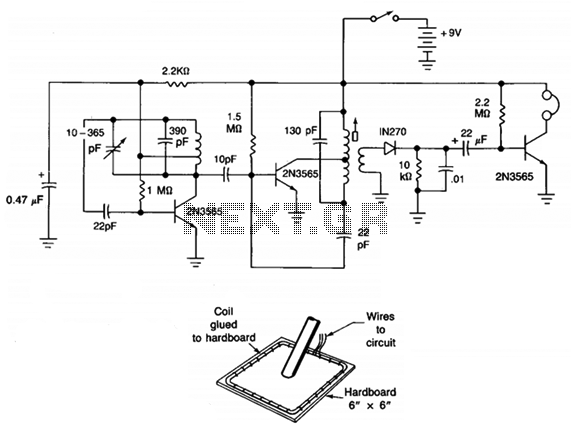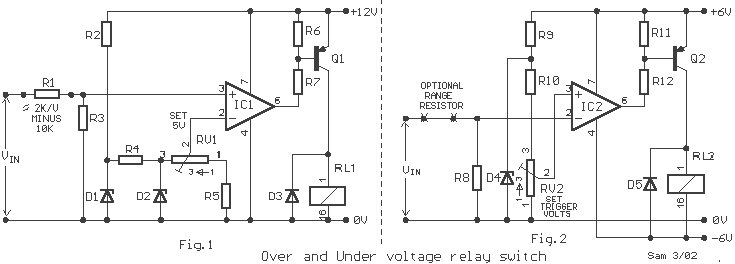
MICROPOWER METAL DETECTOR
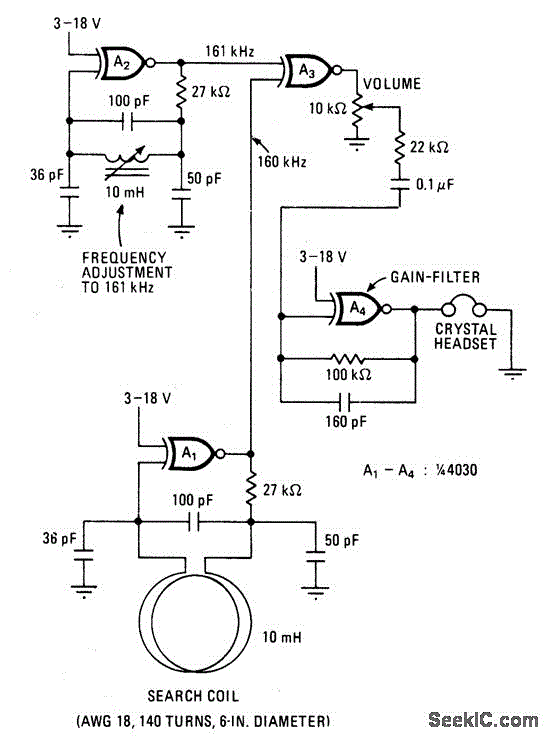
This battery-powered metal detector utilizes four exclusive-OR gates from the 4030 CMOS integrated circuit. The gates are configured as twin oscillators, with a search coil acting as the inductance element in one of the oscillators. When the coil approaches metal, the resulting change in effective inductance alters the oscillator's frequency. Gates A1 and A2 create the two oscillators, tuned to 160 kHz and 161 kHz, respectively. The pulses generated by each oscillator are mixed in A3, producing an output that contains both sum and difference frequencies at 1 kHz and 321 kHz. The 321 kHz signal is eliminated by a 10 kHz low-pass filter at A4, allowing the 1 kHz signal to be amplified for the crystal headset connected at the output. The device is sensitive enough to detect coin-sized objects from a distance of one foot.
This metal detector circuit effectively employs the 4030 CMOS integrated circuit, which houses four exclusive-OR gates. The configuration of these gates as twin oscillators is crucial for the detection mechanism. The search coil, integral to the design, serves as the inductive element in one oscillator, while the second oscillator operates independently. When metal is detected, the inductive properties of the search coil change, leading to a shift in frequency of the oscillators.
Gates A1 and A2 are tuned to specific frequencies—160 kHz and 161 kHz—creating a very narrow frequency difference that is key to the device's sensitivity. The output pulses from these two oscillators are mixed in gate A3, resulting in a composite signal that includes both the sum and difference frequencies. The primary frequencies of interest are 1 kHz and 321 kHz. To isolate the desired signal, a 10 kHz low-pass filter is employed at A4, which effectively removes the higher frequency component (321 kHz), ensuring that only the 1 kHz signal is amplified.
The amplified 1 kHz signal is then routed to a crystal headset, allowing for auditory feedback to the user. This design enables the metal detector to maintain high sensitivity, capable of detecting small metal objects, such as coins, from a distance of up to one foot. The simplicity of the circuit, combined with the effective use of CMOS technology, contributes to a reliable and efficient metal detection system.This battery-powered metal detector uses four exclusive-OR gates contained in the 4030 CMOS integrated circuit. The gates are wired as a twin-oscillators and a search coil serves as the inductance element in one of the oscillators.
When the coil is brought near metal, the resultant change in its effective inductance changes the oscillator`s freque ncy. Gates A1 and A2 form the two oscillators which are tuned to 160 and 161 kilohertz respectively. The pulses produced by each oscillator are mixed in A3, its output contains sum and difference frequencies at 1 and 321 kHz. The 321 kHz signal is filtered out by the 10 kHz low-pass filter at A4, leaving the 1 kHz signal to be amplified for the crystal headset connected at the output.
The device`s sensitivity is sufficient to detect coinsized objects a foot away. 🔗 External reference
This metal detector circuit effectively employs the 4030 CMOS integrated circuit, which houses four exclusive-OR gates. The configuration of these gates as twin oscillators is crucial for the detection mechanism. The search coil, integral to the design, serves as the inductive element in one oscillator, while the second oscillator operates independently. When metal is detected, the inductive properties of the search coil change, leading to a shift in frequency of the oscillators.
Gates A1 and A2 are tuned to specific frequencies—160 kHz and 161 kHz—creating a very narrow frequency difference that is key to the device's sensitivity. The output pulses from these two oscillators are mixed in gate A3, resulting in a composite signal that includes both the sum and difference frequencies. The primary frequencies of interest are 1 kHz and 321 kHz. To isolate the desired signal, a 10 kHz low-pass filter is employed at A4, which effectively removes the higher frequency component (321 kHz), ensuring that only the 1 kHz signal is amplified.
The amplified 1 kHz signal is then routed to a crystal headset, allowing for auditory feedback to the user. This design enables the metal detector to maintain high sensitivity, capable of detecting small metal objects, such as coins, from a distance of up to one foot. The simplicity of the circuit, combined with the effective use of CMOS technology, contributes to a reliable and efficient metal detection system.This battery-powered metal detector uses four exclusive-OR gates contained in the 4030 CMOS integrated circuit. The gates are wired as a twin-oscillators and a search coil serves as the inductance element in one of the oscillators.
When the coil is brought near metal, the resultant change in its effective inductance changes the oscillator`s freque ncy. Gates A1 and A2 form the two oscillators which are tuned to 160 and 161 kilohertz respectively. The pulses produced by each oscillator are mixed in A3, its output contains sum and difference frequencies at 1 and 321 kHz. The 321 kHz signal is filtered out by the 10 kHz low-pass filter at A4, leaving the 1 kHz signal to be amplified for the crystal headset connected at the output.
The device`s sensitivity is sufficient to detect coinsized objects a foot away. 🔗 External reference
